Plane [kanna]
Kanna
Kanna
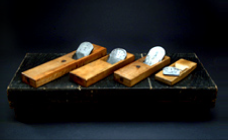
I don't have cancer.
Ruler is a part of the table, and a plane (for female trees) that cuts the concave surface, and a plane (for male trees) that cuts the convex surface (for male trees), are two pairs (Fig. 10). In order to prevent the infiltration of wind and rain from shutters and glass doors, it is used to make concave surfaces on one side of the frame adjacent to the fittings and convex surfaces on the other side so that they close without gaps. Some Ruler can adjust with screws. Some of the blades for male trees have been prepared with two blades arranged side by side. There are also round shapes in addition to square shapes on uneven surfaces, and circles are often used for Western fittings.
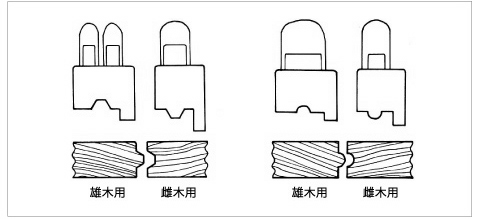
Figure 10 Ingo Plane
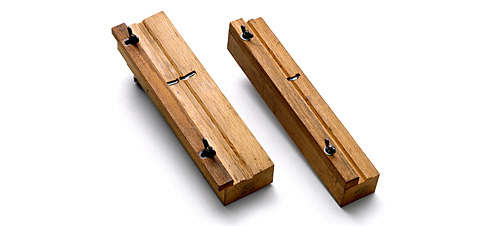
From the left, Inro Plane-for corners and male trees (back), Inro Plane-for corners and female trees (back)
It has almost the same structure as for the male tree of the Inro plane. The convex surface of the Inago plane has a slightly sloped cross section like a trapezoidal shape, but the splash plane makes a convex surface at right angles. Used to make convex surfaces on one side when sticking the floorboard. In some cases, the table made by arranging two blades is broken in the center, so that the width of the surface can be versed with screws. This is called a free plane.
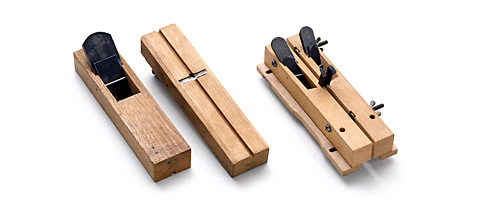
From the left, a plane, a plane (back), a free plane
Kiguchi of wood is used for Shaving. A blade similar to a flat plane is prepared diagonally so that a blade tip appears on one side of the table. It is similar to the front plane, but the front plane emphasizes the edge of the corner, whereas the slope of the blade is reversed and the original is cut first. This is suitable for cutting hard Kiguchi. In some cases, the plane may be substituted for the same purpose as the Kiguchi plane, and the plane may be called the plane with the torso.
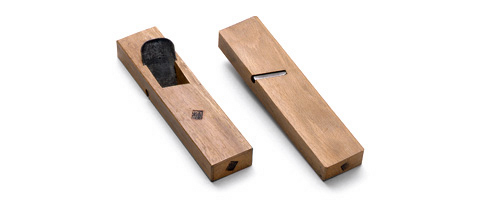
From left, Kiguchi Plane-right self, Kiguchi Plane-left self (back)
It is shaped like a round corner of the plane. Used when making makeup with a pattern that looks like a chona on the material. There is a right hand and a left hand side.
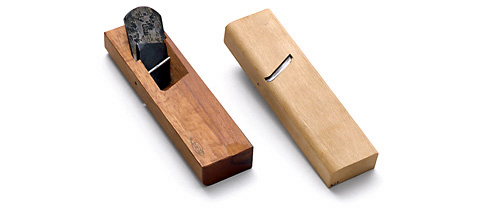
From left, Naguri plane-right hand, Naguri plane-left hand (back)
I'm afraid
Used to cut complex surfaces with many inverting, such as sculptures such as furniture and curved sections.
I'm going to slept.
When burying a hard tree at the bottom of the groove, it is used to cut a thin groove for buried trees on the side of the groove.
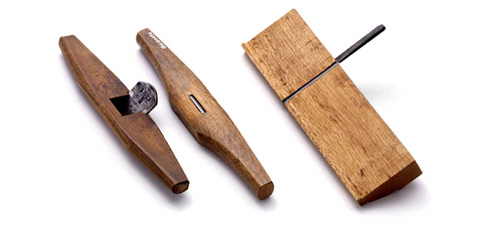
From the left, Nanjing Plane, Nanjing Plane (back), Yokoditch Plane for Oaking
Basic information
Special Exhibition
Permanent exhibition